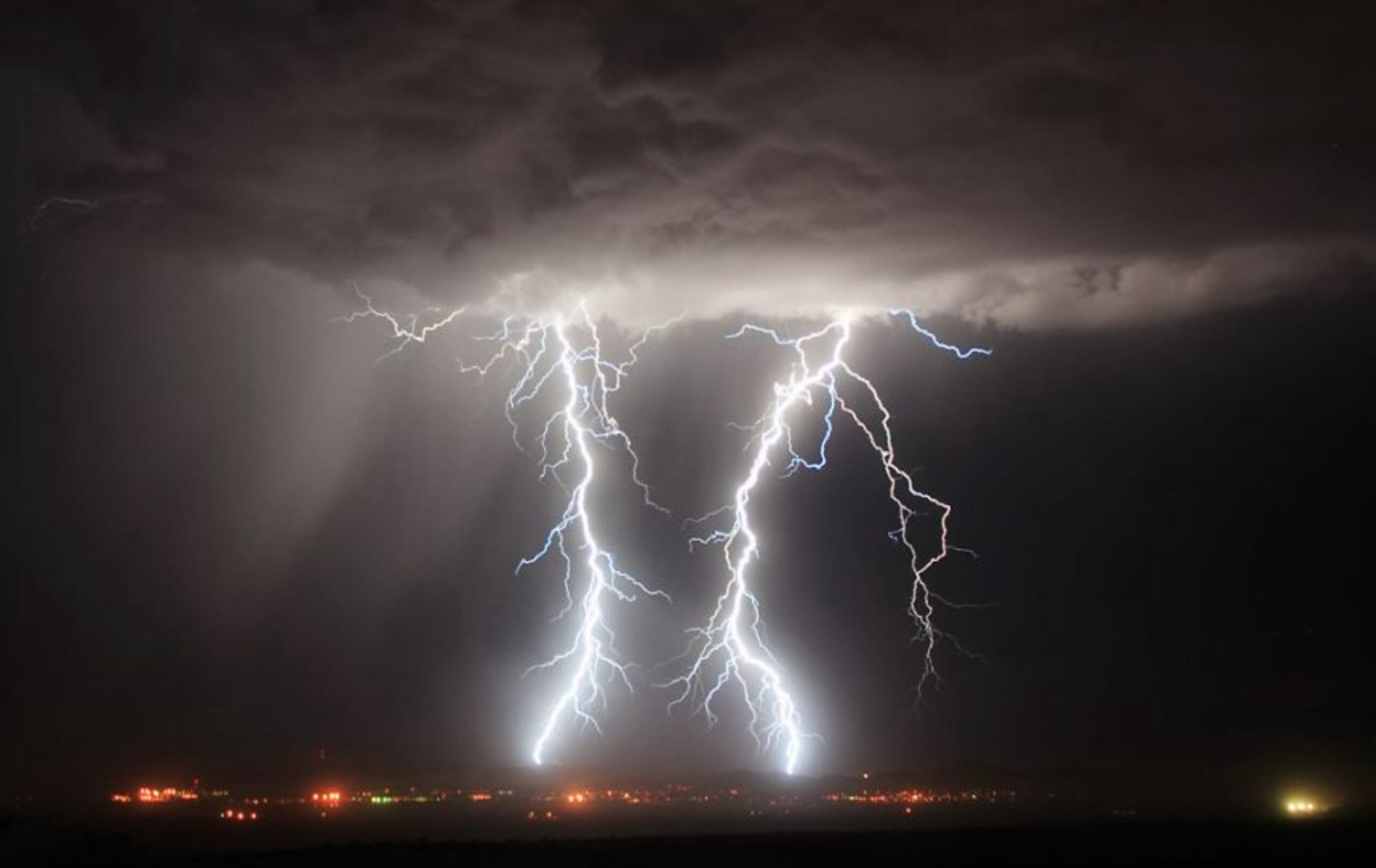By Sadhna Shanker
The past year has seen all of us getting somewhat accustomed to seeing extreme weather conditions in the images on our phones. Various parts of the world were affected in different ways. Extreme heat waves struck parts of the globe that had not experienced such harsh temperatures earlier. Flash floods struck Dubai in November 2023, leading to flooding of roads and water-logging in the desert city.
In September 2023, New York City had declared an emergency due to heavy downpour that had led to shutting down of subway lines, turned major roads into lakes and sent children to the upper floors of flooding schools. Will the coming winter also bring extreme weather?
This can only be answered by the weather forecasters.
Forecasting the weather has a long history. It is said that even in 650 BC, the Babylonians tried to understand the weather based on cloud patterns and astrology. In 350 BC, Aristotle was describing weather patterns in text; however he did not believe that wind is air in motion. He did however try to explain that west winds are cold because they blow from the sunset!
The scientific study of meteorology did not take off until measuring instruments became available. It began with the invention of the electric telegraph in 1835, which allowed exchange of information quickly. Soon after, a Royal Navy officer, Francis Beaufort developed the wind force scale, which later became the Beaufort scale. He set up 15 stations on land that used the telegraph to create a gale warning service. It was in 1861, that the Times first began to publish daily weather forecasts.
After the Second World War, Maniac, a computer designed at Princeton University could do 10000 calculations a second, and it was used among others to model and forecast the planet’s weather. Since then weather forecasting has come a long way. According to the World Meteorological Organization (WMO) a five day forecast today is about as accurate as a two day forecast a quarter of a century ago. Increasingly AI and machine learning have entered the field, making predictions more accurate.
Weather forecasting hitherto has been primarily in the public sector. However, with the importance of knowing what the weather will be for a variety of uses from aviation, agriculture, to military strategy, sports events and logistics of supply chains, many private players have also entered the arena. Most of them are based in the richer countries, but there are now nearly 15 startups in India in this space. The market for accurate weather forecasts is expanding as end-use industries like transportation, logistics, and renewable energy require certainty in weather conditions to boost productivity and cut costs. As per reports, the weather forecasting services market is expected to reach $4.5 billion in 2032, with a 6.7% CAGR during the forecasted period of 2022–2032.
As we move into 2024, let us hope that the weather becomes a more predictable companion of humanity, through improved tackling of the climate crisis and enhanced tools to understand the impact of extreme weather. And you and I, when we peer into our phones, see better times ahead!

Sadhna Shanker is a New Delhi based author of six books. She also contributes to national and international publications.
Disclaimer: The views expressed are not necessarily those of The South Asian Times












